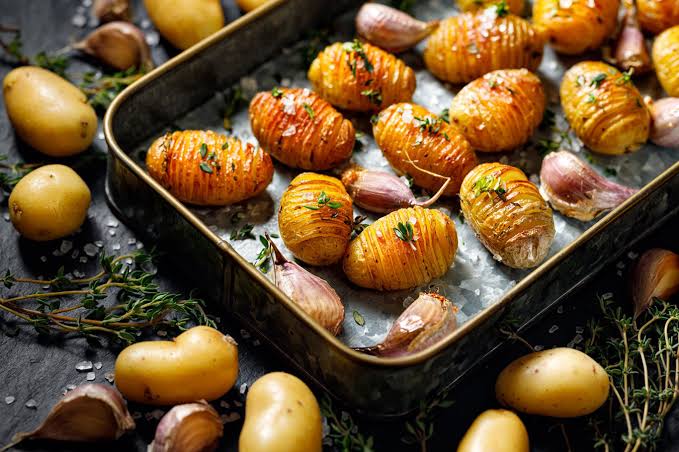
Live streaming has revolutionized how we consume and interact with digital content. Whether it’s live sports events, webinars, gaming sessions, or breaking news, live streaming platforms bring people together in real-time like never before. However, with this immediate access comes the need for robust security to protect intellectual property from unauthorized access and piracy. This is where DRM video protection plays a crucial role. In this blog, we explore how live streaming platforms use DRM to protect their content and the challenges and trends shaping the future of secure live streaming.
The Popularity of Live Streaming Platforms
The rise of high-speed internet and advanced video technology has fueled the popularity of live streaming platforms like Twitch, YouTube Live, and Facebook Live. They offer real-time engagement opportunities for individuals, brands, and organizations to reach audiences directly. Here’s why live streaming platforms have gained such a large following:
- Real-Time Interaction: Streamers can interact directly with their audience through live chat, polls, and Q&A sessions, building a strong sense of community.
- Global Reach: Audiences can participate from around the world, breaking down geographical barriers.
- Diverse Content: From gaming tournaments and musical performances to live product launches and online classes, the diversity of live content attracts varied audiences.
- Monetization: Creators can earn revenue through ads, sponsorships, and fan donations during live broadcasts.
The Role of DRM in Protecting Live Streaming Content
While live streaming offers tremendous opportunities, it also exposes creators and platforms to piracy and unauthorized distribution risks. Digital Rights Management (DRM) helps address these challenges through encryption and access control. Here’s how DRM safeguards live streaming content:
- Encryption in Real-Time: Live streaming platforms use encryption to protect video content from unauthorized viewers. Encrypted streams are decrypted only for authorized users who have the proper credentials.
- License Management: The DRM system checks the user’s license to verify they have the right to access the stream. This prevents unauthorized sharing of links or accounts.
- Geolocation Controls: For events with regional restrictions, DRM can enforce geographical controls to ensure compliance with distribution agreements.
- Content Watermarking: Some platforms incorporate watermarking technology, embedding unique identifiers into the video stream to trace unauthorized distribution.
- Device Restrictions: DRM can restrict live streaming access to approved devices or apps, reducing the risk of content being recorded or redistributed.
Challenges in Implementing DRM for Live Streaming
Despite the security benefits, implementing DRM for live streaming presents unique challenges:
- Latency Issues: Encryption and decryption can introduce latency, impacting the real-time nature of live streaming.
- Device Compatibility: Ensuring DRM compatibility across various devices and platforms can be challenging due to differing standards and technologies.
- User Experience: Stringent DRM policies may lead to user frustration if they can’t access the stream on certain devices or have to repeatedly verify credentials.
- Piracy Adaptation: Pirates continually develop new techniques to bypass DRM, requiring continuous updates and monitoring.
- Cost: Implementing and maintaining a robust DRM system can be expensive, particularly for smaller platforms or independent creators.
Future Trends in DRM and Live Streaming Protection
Several emerging trends are likely to shape the future of DRM video protection in live streaming:
- AI-Based Detection: Artificial intelligence could detect piracy attempts during live broadcasts, automatically adjusting encryption protocols or blocking suspicious activity.
- Blockchain-Based DRM: Blockchain technology might offer decentralized DRM solutions, providing transparency and security against unauthorized access.
- Ultra-Low Latency Encryption: New encryption algorithms may reduce latency during live streaming, ensuring a seamless user experience.
- Multi-Layer Security: Combining DRM with other security measures, such as watermarking or behavioral analytics, could create a more comprehensive protection framework.
Conclusion
Live streaming platforms offer unparalleled opportunities for real-time engagement, but protecting this content is vital to maintaining the trust and revenue of creators and distributors. DRM video protection provides robust solutions to secure live streaming content through encryption, license management, and access controls. As the demand for live content grows, so will the importance of effective DRM strategies that balance security with user experience. By staying ahead of piracy and leveraging emerging technologies, platforms can provide a secure and engaging live streaming environment for audiences worldwide.



